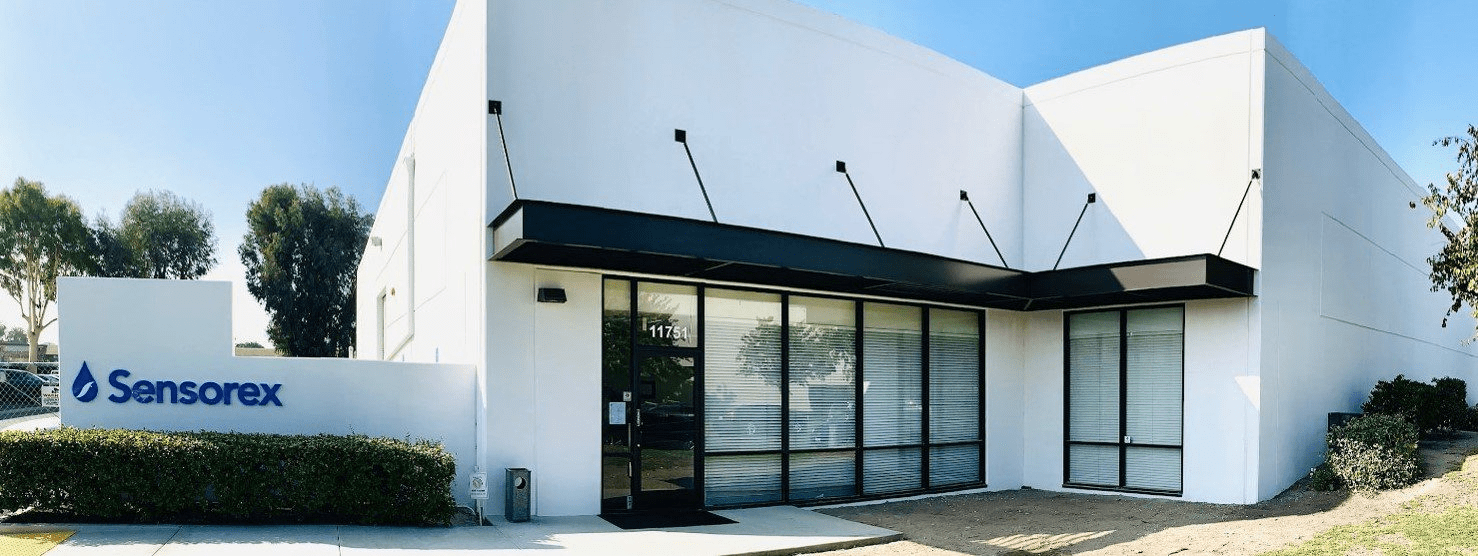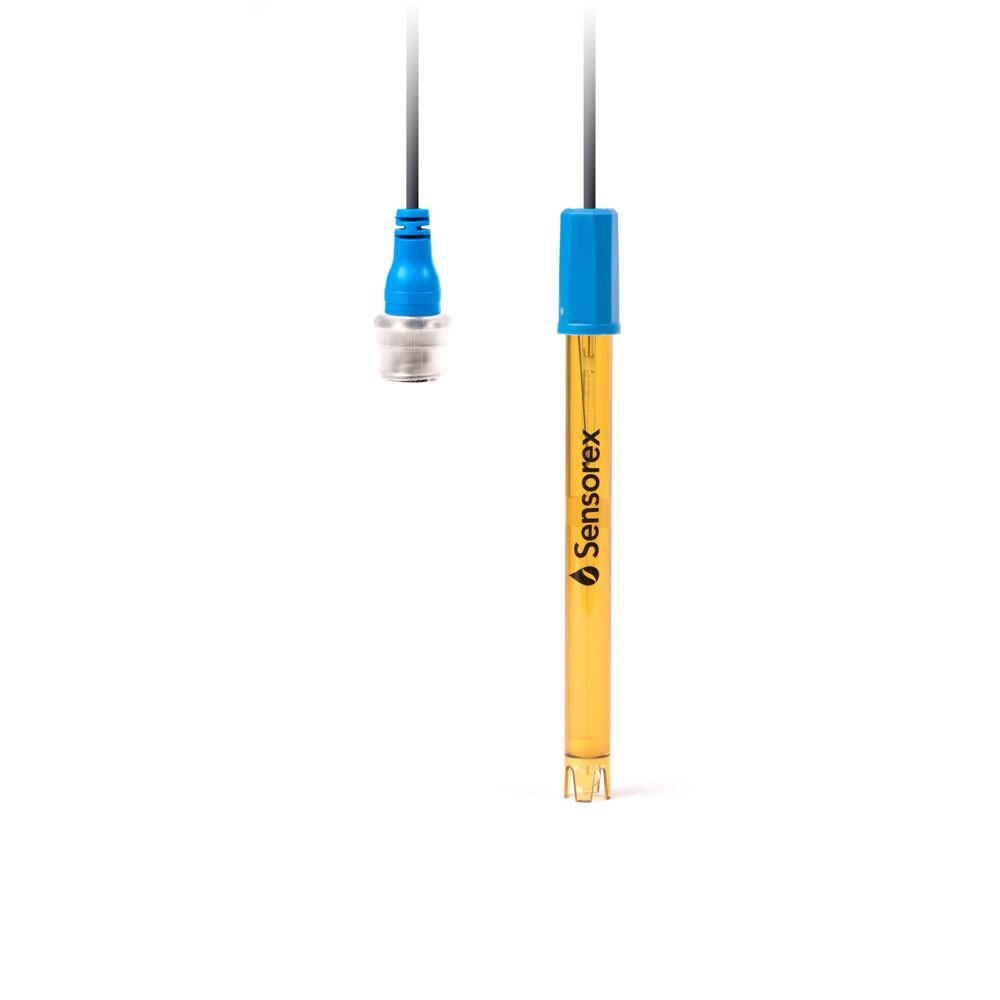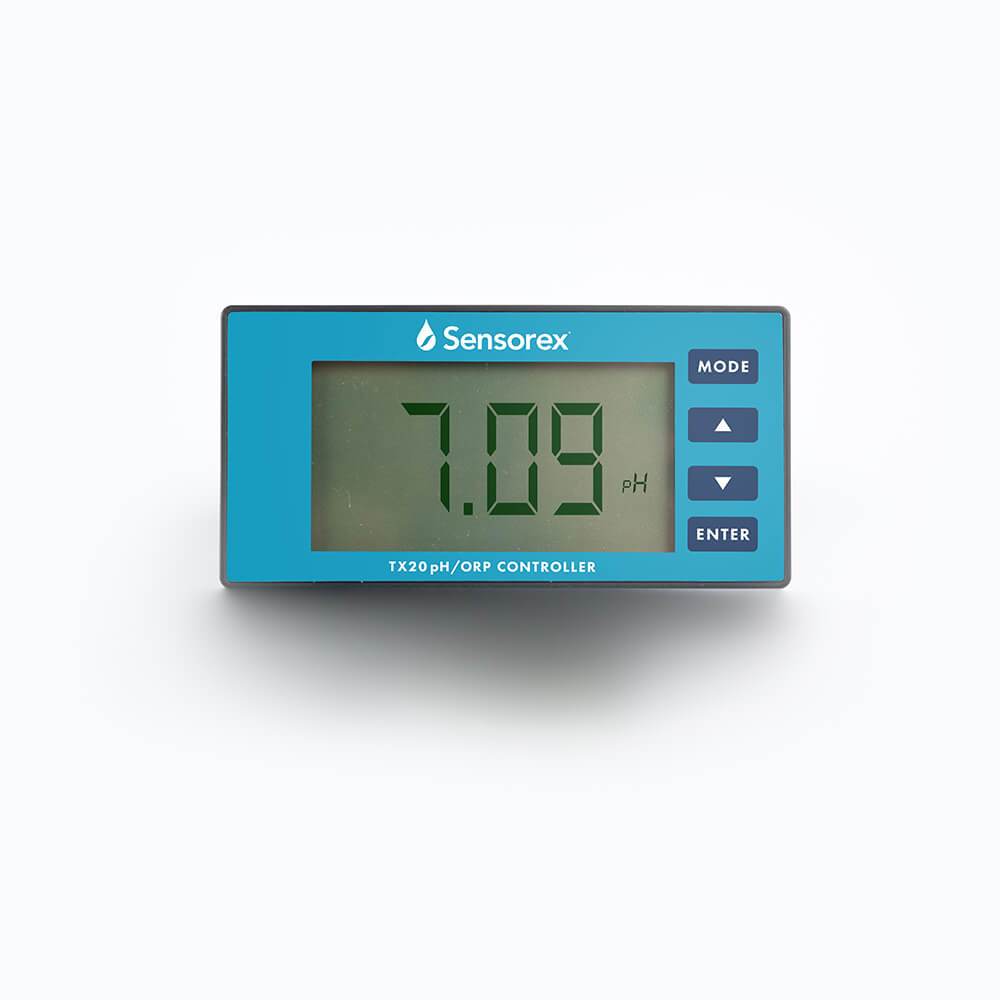09/24/2019 | Agriculture and Farming | 10 MINUTE READ
Automated Hydroponic System for Water Treatment

Hydroponics is a method for growing plants that has become increasingly popular in recent years. Instead of planting in soil, hydroponics uses water, which allows you to grow plants in any area where a hydroponic system can be created and effectively maintained. Hydroponics also allows you to recycle water for additional conservation while creating a sterile environment that has no need for pesticides (not to mention that it uses much less space and water than you would require for soil-based growing).
Because of how important quality water is to the hydroponics system, this water must remain clean and free from impurities. If you want your plants to grow properly, they will need to get the right nutrients, which means that the water you use in your automated hydroponic system must be enriched with proper nutrients at all times. The quality of the water in your hydroponics system must be monitored on a continual basis to ensure that the balance is correct.

You can monitor the quality of your water with a variety of different sensors from Sensorex. For instance, a pH sensor will help you maintain the pH levels of your water, which will allow you to keep the water in your hydroponic system from becoming too acidic or too alkaline. In the event that the water in your hydroponics system has deteriorated in quality, you may want to conduct water treatment to ensure that the water is clean and healthy. This can be done by using conductivity and pH controllers to signal the closing and opening of the valves within the hydroponic system whenever the water composition becomes imbalanced.
By combining the right sensors with the proper controllers, the water in your automated hydroponic system should remain rich with nutrients. The following article takes a close look at hydroponics for water treatment and the many benefits that it can provide.
Advantages of Hydroponics
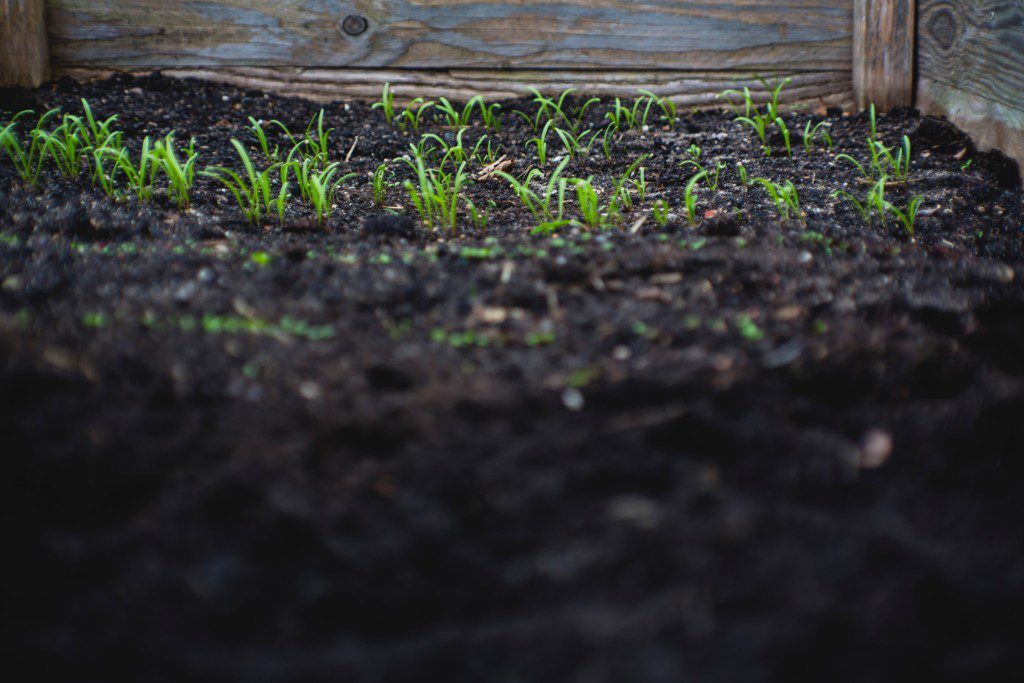
Hydroponics is a highly effective growing method that can be very beneficial for you no matter the types of plants you’re attempting to grow. Likely the most notable benefit of using hydroponics is that it allows you to bypass soil for nutrient-rich water, which means that you can easily grow crops in both indoor and outdoor locations without issue. While soil-based growing methods require ample amounts of sunlight, you can use hydroponics to grow your plants in any location where you can store a hydroponic system.
Since everything that the plants require for growing is contained within a single hydroponic system, you’ll find that you can save a significant amount of space by using this growing method. It’s been found that a hydroponic growing method uses 20 percent less soil and space than growing methods that are based on soil. Among the top benefits of using hydroponics is that doing so will allow you to conserve water. The water that you use in a hydroponics system can be reused, which means that you won’t waste undue amounts of water.
If you’ve used soil-based growing methods before, you likely understand just how arduous the process can be for the initial soil setup as well as the mulching and tilling of the soil. When you use an automated hydroponic system, you’re able to avoid these issues and frustrations, which can be very beneficial for your quality of life. Unlike soil-based methods, you can also grow plants for the entire year as long as you grow them inside. Using hydroponics means that you’ll be able to cultivate a wholly sterile environment, which means that pesticides aren’t required.
Hydroponics is helpful for plant growth because you have complete control over the environment that these plants are in. With soil-based growing methods, your control is highly limited, which means that crops can fail without warning. When using hydroponics, you have full control over the types of nutrients that enter your water. Before you plant the crops, you can identify what kinds and amounts of nutrients these plants require at different growing stages.
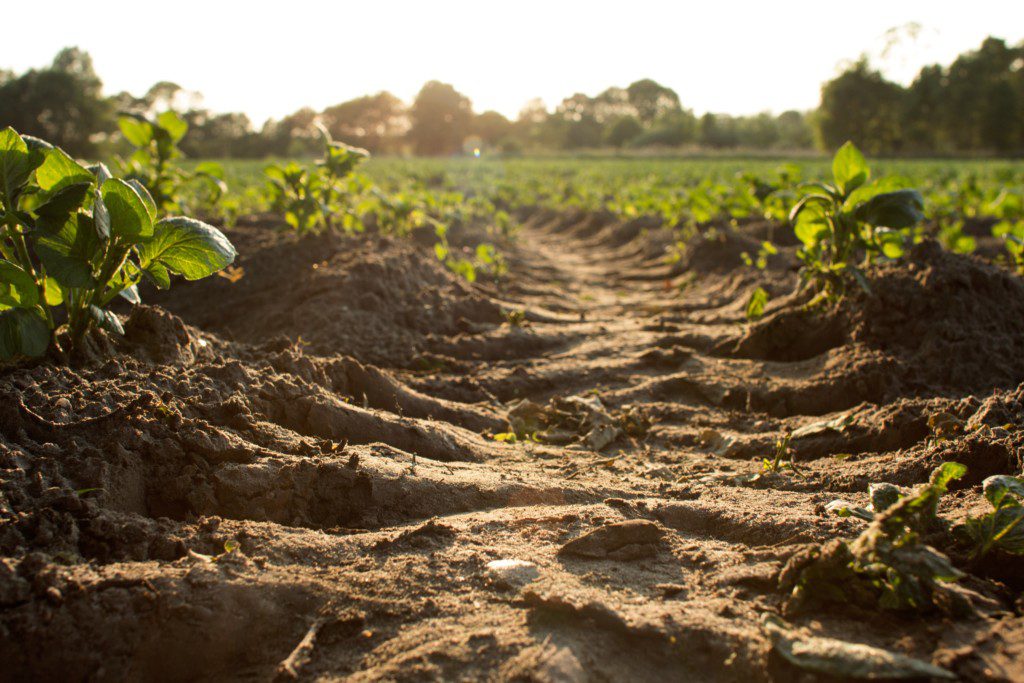
All of the nutrients that you place into the water are conserved in the hydroponic tank, which eliminates the potential for the kind of nutrient loss that can occur with soil-based growing methods. Along with the nutrients in your hydroponic system, you will have full control over such aspects of the environment as the lights, temperature, and moisture that are received by the plants. Ideal conditions will oftentimes correlate with better growth rates. When you install the right sensors and controllers onto a hydroponic system, you’ll be able to manage the water balance to ensure that it’s always at the correct pH level and consists of the right nutrients.
Aquaponics vs. Hydroponics
Aquaponics
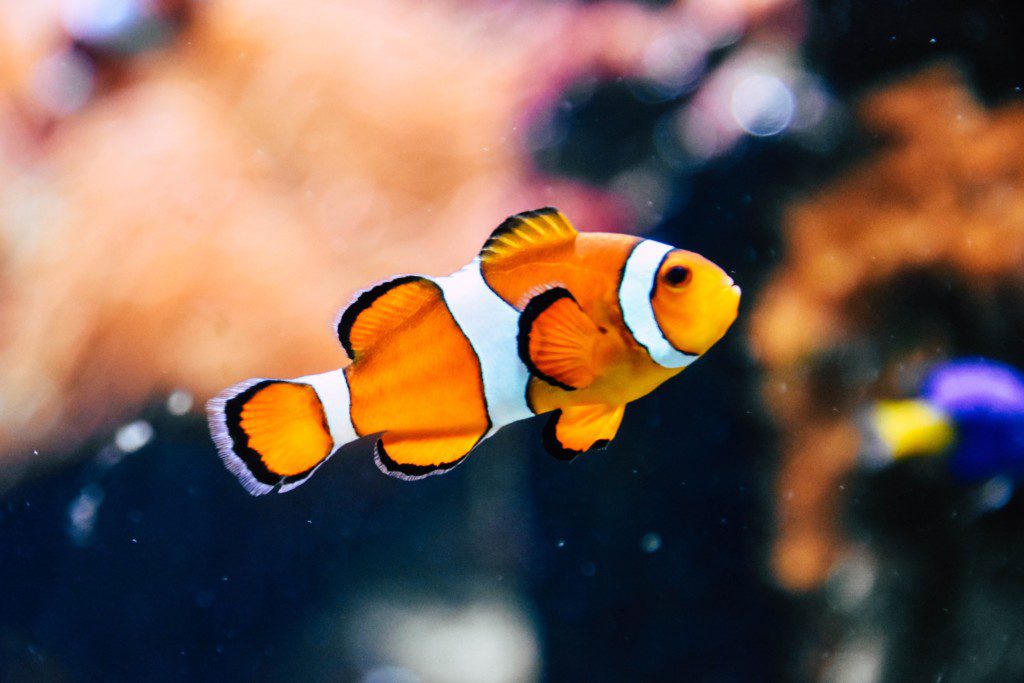
When you’re considering the various growing methods, the primary options for you to consider include aquaponics and hydroponics. Aquaponics is a highly effective growing method for plants that combines fish raising with plant farming. With aquaponics, the waste that’s produced from fish turns into ammonia and nitrates, which can act as fertilizer for plants. When the plants use these nutrients, the water surrounding them will become purified, which ensures that the fish remain healthy. It’s a wonderful ecosystem that’s beneficial for both fish and plants.
A modern aquaponic system makes use of a hydroponic system for the growing of plants, while the fish are kept in a very large tank. The water that’s found in the hydroponic system cycles through the tank to collect the waste from the fish before the water is returned to the plants. Once the nutrient-rich water reaches the plants, they absorb the nutrients before the water filters back to the fish.
Hydroponics
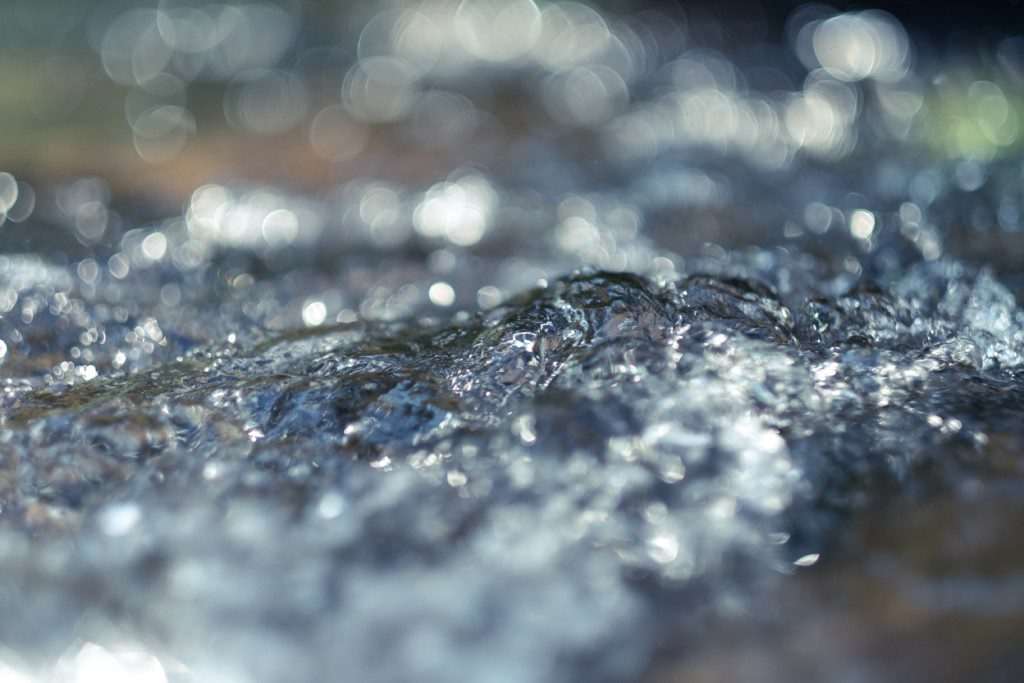
As for hydroponics, this is a fantastic growing method that uses nutrient-rich water to help plants grow. This system is usually comprised of three separate water tanks, the first of which consists of fresh and clean water. On the other hand, the second tank includes the pH-controlled and nutrient-rich water, while the third tank in this system carries the wastewater. The composition of the water in the pH-controlled and nutrient-enriched tank is controlled with a series of pumps and valves in order to add carbon dioxide, fresh water, and nutrients. When necessary, some of the water from this tank will be filtered into a small reservoir for wastewater, which helps to maintain proper water levels as well as the correct composition of the water in question.
Both of these growing methods come with distinct benefits that make them ideal when you’re searching for alternatives to soil-based growing methods. With hydroponics, you can get started with this growing method quickly by simply adding the right nutrients to your nutrient reservoir. When you use aquaponics, you’ll find that it can take upwards of a month to start this system since certain bacteria must first be created before the waste from fish can be effectively converted into the nitrates that the plants need for growth. Another fantastic benefit of hydroponics is that you only need to flood and drain the system every 4-6 hours, which keeps the water and nutrients at the proper levels.
One of the key benefits with aquaponics is that you never need to dump and replace the water unless an emergency occurs. With hydroponics, you will be required to dump and replace the water somewhat regularly whenever a nutrient imbalance occurs. While aquaponics is a very effective growing method that’s perfect if you’re raising fish alongside the plants that you grow, it’s less than ideal if you aren’t interesting in aquaculture.
Perfecting the pH for Hydroponics
The most important of the three tanks within a hydroponic system is the tank that’s comprised of the nutrient-enriched and pH-controlled water. If you want your plants to grow at a steady rate, it’s essential that the pH of your tank water is kept at optimal levels. If you’re using a pH sensor like the pH2000 laboratory sensor, the correct pH level for hydroponics is anywhere from 5.5-6.5, which is below the neutral pH of 7.0. For the majority of plants, the water should be slightly acidic.
The exact pH of water affects the ability of each plant to absorb the nutrients in the water. Whenever the pH level dips below 5.5 or reaches higher than 6.5, the plants won’t be able to get the nutrients they need to survive. It’s also important to understand that the quality of the water will begin to degrade when it becomes too acidic or alkaline. Fluctuations of pH can occur for any number of reasons, the primary of which involves pollution and the presence of trace minerals in the water.
If the water in the hydroponic system becomes too acidic, the plants will absorb too much magnesium and calcium. On the other hand, solutions that are too alkaline will cause the plants to not get enough of the nutrients that they require. By perfecting the pH levels in your hydroponics system, your plants will be able to grow and thrive without issue.
Sensors and Instruments for Hydroponic Monitoring Systems
Since the water in a hydroponics system must be rich with nutrients at all times, you’ll need to constantly monitor the water if you want the system to remain in good condition for years to come. If ever the water quality becomes poor, all of the plants that you’re currently growing could be negatively affected. When you’re first creating a hydroponic system, you should equip it with the right sensors and controllers. Along with pH monitoring, you might want to monitor the electrical conductivity of the water. Keep in mind that the appropriate conductivity level differs from plant to plant.
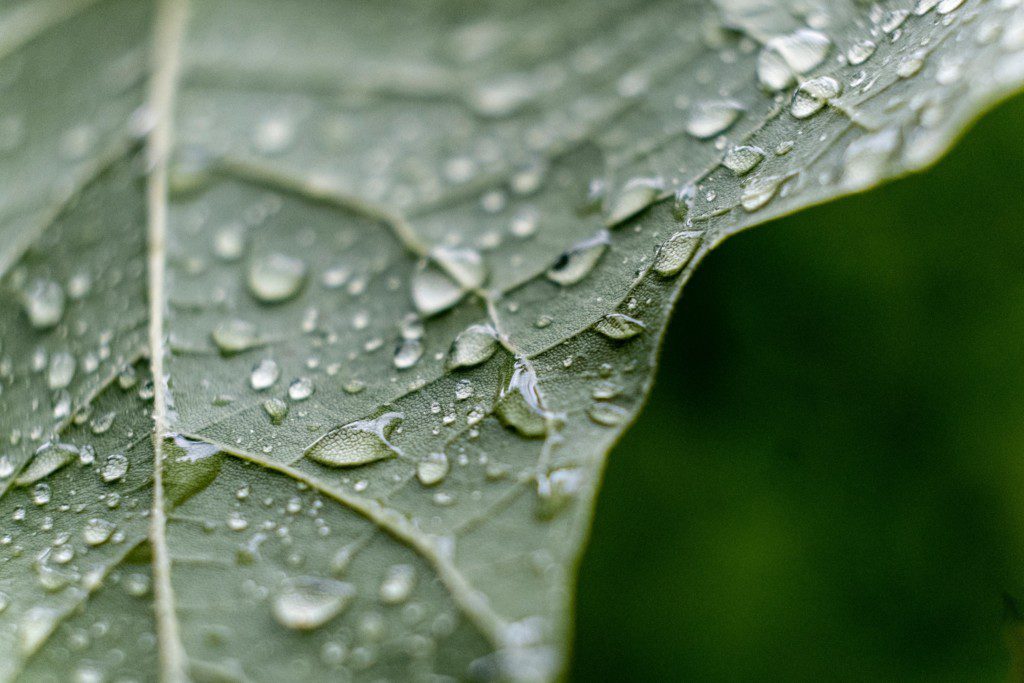
When you want to set up a proper hydroponic monitoring system, it’s recommended that you install pH sensors and conductivity sensors in the nutrient-enriched water reservoir. For hydroponics, basic laboratory pH sensors like the pH1000 should be enough to allow you to effectively monitor the pH levels of the water. The conductivity sensor that you might want to consider is the CS150TC, which is a light-duty sensor that’s designed to be reliable and should work well in a hydroponics system.
Once you have the right sensors installed, you need controllers hooked up to your system that can take the right actions based on the readings from the sensors. These controllers will signal the closing and opening of valves as well as the correct operation of pumps. The TX20 pH controller is cost effective and very small, which means that it won’t take up too much space. You might want to consider pairing this controller with a CX20 conductivity controller, which offers the same benefits.
If the pH reading ever becomes too high, the pH controller could signal the solenoid valve to open, which pushes carbon dioxide into the water reservoir and effectively lowers pH levels. On the other hand, a high conductivity reading indicates a nutrient concentration that’s too high. At this point, the conductivity controller would signal the fresh water pump to add water to the solution, which would dilute the nutrients.
Monitoring Water Quality Within a Hydroponics System
Monitoring the quality of your water using hydroponics is very important for growing plants. In order to do so, you should obtain the right conductivity sensors and pH sensors that will allow you to continuously monitor the pH and conductivity levels of the water. With this monitoring system in place, you’ll be able to catch problems with the quality of the water early on and make the necessary adjustments with pH and conductivity controllers.
If you’re interested in monitoring your Hydroponic system and are searching for the best products for the job, contact Sensorex today to learn more about the Hydroponic products that we have to offer. You can also view each of these products on our website, which will give you all of the information that you need to make an informed purchase decision!
Posted by Dominic O'Donnell on September 24, 2019
Sensorex is a global leader in the design and manufacture of quality sensors for water quality and process applications. The company offers more than 2000 sensor packages for pH, ORP, conductivity, dissolved oxygen, free chlorine, chlorine dioxide, UV transmittance and other specialty measurements, as well as a full line of sensor accessories and transmitters. Its expert technical support engineers solve analytical sensor challenges with custom designs and off the shelf products.

